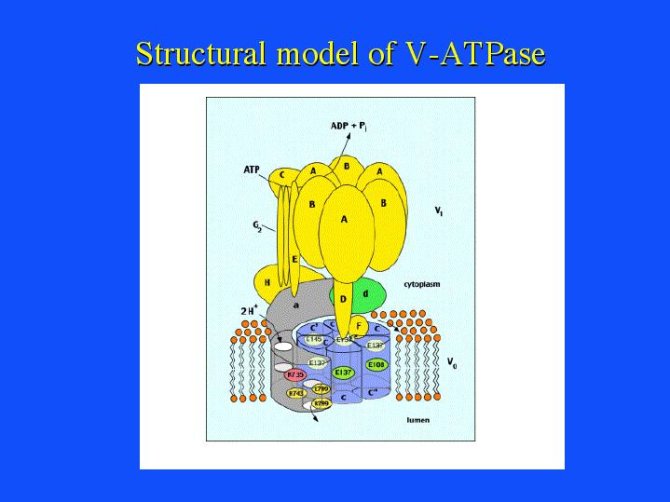Project
Structure determination of membrane peptides of the Vacuolar ATP-ase complex by NMR spectroscopy
The aim of the European consortium entitled "Molecular Interactions of Vacuolar ATPase" is to find new therapeutic approaches against osteoporosis using the osteoclast V-ATPase as target. To produce possible inhibitors one needs to understand the structure and functional dynamics of this enzyme.
In this project, Afonso Duarte uses high-resolution multidimensional NMR spectroscopy and Molecular Dynamics to determine the structure of the V-ATPase complex present in the cell membrane. For this, the membrane protein of the V-ATPase complex is dissected into a range of peptides that are each analysed separately. Subsequently, modelling methods are applied to incorporate the determined peptide three-dimensional structures into the 3D model of the membrane protein. This strategy is based on findings of Yeagle et al. (Biochemistry 40, 11932-11937).

Contact for further information: Afonso Duarte or Marcus Hemminga or Carlo P.M. van Mierlo